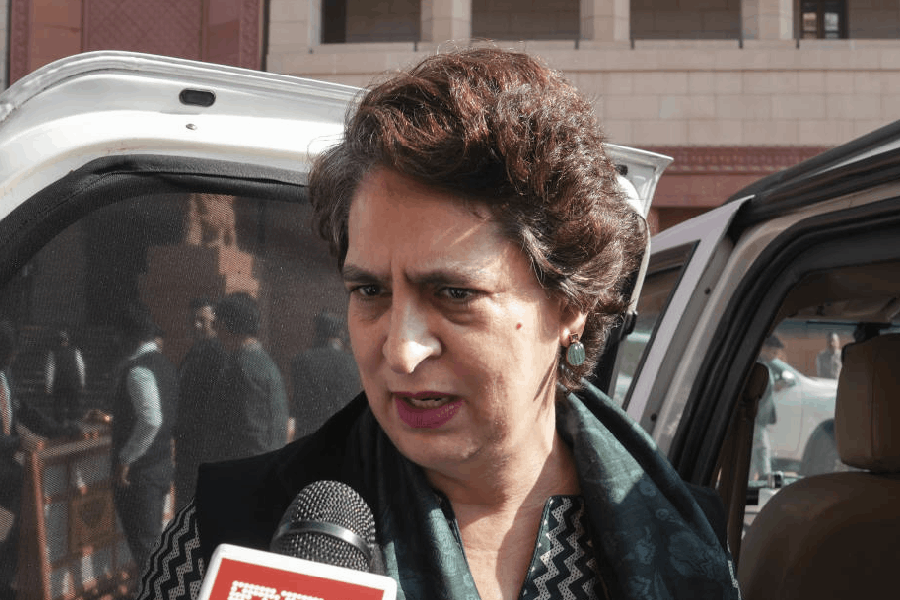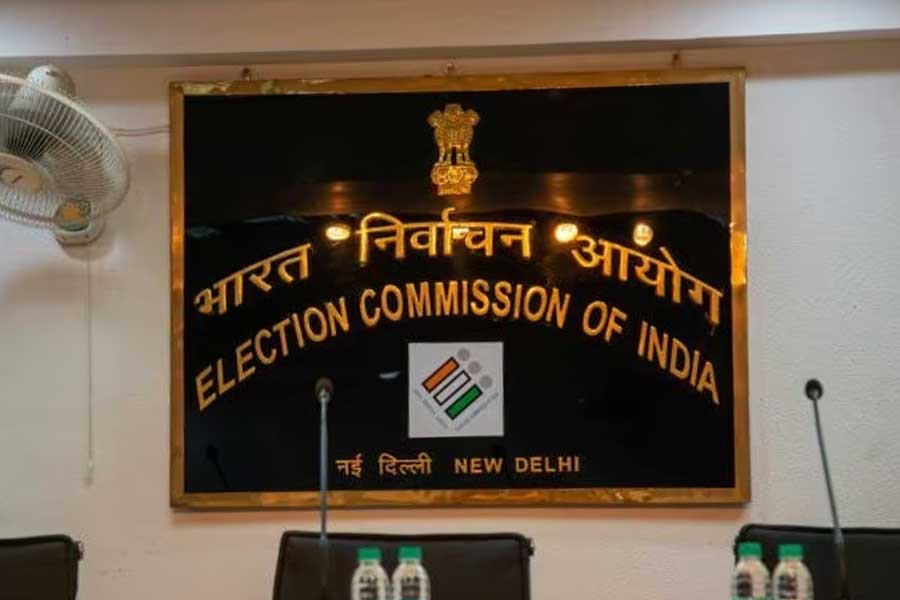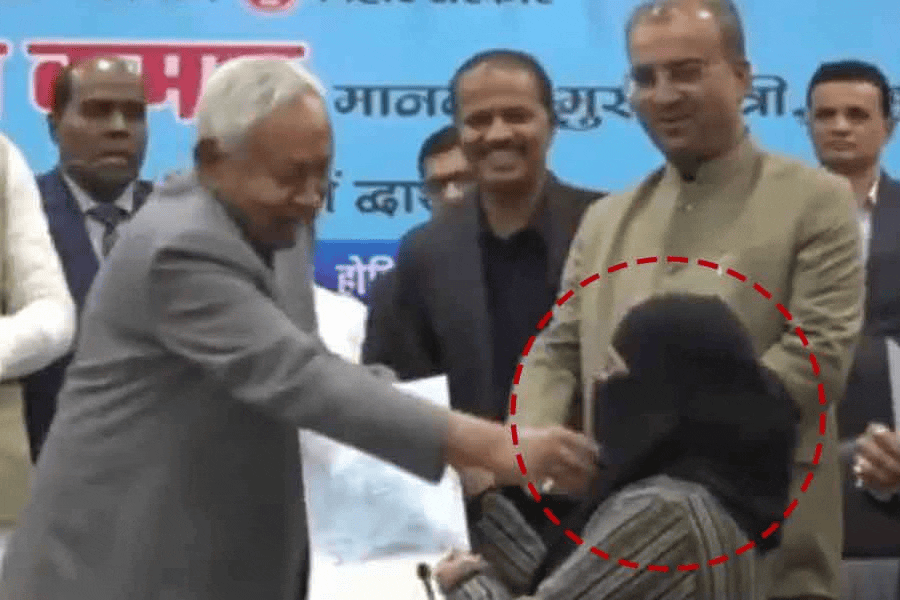India’s Muslim emperors waged war for political and economic reasons and not just religious ones, often fought other Muslim rulers, and did not always impose discriminatory taxes on non-Muslims, several historians have underlined.
They have contested the portrayal of the Delhi sultans and Mughal emperors as communal and intolerant in a Class VIII textbook of the NCERT and cited evidence of inclusive governance by them.
The newly released social science book, Exploring Society: India and Beyond, says Central Asian invaders wanted to spread their religion in India and imposed the discriminatory jizya tax on non-Muslims, which incentivised conversion to Islam. It says this period witnessed much religious intolerance.
Heramb Chaturvedi, retired history professor from Allahabad University, said that if non-Muslims had to pay the jizya, Muslims had to pay the zakat (an obligatory form of charity).
The elderly, women, children and the physically or mentally challenged were exempt from the jizya. Also, non-Muslims were engaged in services to the State.
"The Islamic law, Sharia, sanctions five types of taxes: kharaj or land-revenue; khums, a tax charged on wealth gained from mining or war booty; an irrigation tax; the jizya; and the zakat,” Chaturvedi said.
"For the jizya, the male population was divided into three classes — the upper classes paid 48 rupees or dirhams a year, the middle classes paid 24 and the lower classes, 12. Whereas zakat, a tax that Muslims paid, was 2.5 per cent of their wealth. Because the non-Muslims paid the jizya, their religious rights were protected."
Chaturvedi said there should be no Hindu-Muslim binary in understanding the medieval period. Akbar fought Rana Pratap, the Hindu ruler of Mewar, and also Chand Bibi, the Muslim ruler of Ahmednagar. The Mughals fought the Shia Muslim rulers of the Deccan as well as the Marathas.
"The entire revenue was largely managed by Hindus during the Mughal period," he said.
Pankaj Jha, professor of history at Lady Shri Ram College, Delhi, who specialises in medieval India, said the information available on the jizya was extremely messy.
References to the jizya in Persian sources are infrequent and made in passing, he said. Nor is the term used exclusively in the sense of a discriminatory tax on non-Muslims.
"In many such cases, the word is used to refer simply to taxes in general, though this might not always be the case. Even if some of these rulers wanted to impose a discriminatory tax, they would probably have found it very difficult to do so," Jha said.
He added: "So, interpreting these texts without philological anchoring can be extremely misleading."
Jha said younger minds should be made aware of the challenges that face a historian trying to read texts composed several centuries ago in languages that now look archaic.
"Attempts at simplifying these narratives and drawing lazy conclusions out of them run the risk of dumbing down the discipline of history itself. That, in this case, it is also probably a handmaiden to paranoid politics is doubly unfortunate," Jha said.
Maya John, assistant professor of history at the Jesus & Mary College, Delhi, too said that many of the Muslim rulers fought other Muslim rulers and often sided with non-Muslim political actors.
She emphasised the "economic and political motives" behind "the various invasions, raids and empire-building efforts of the medieval era".
"It is unfortunate that the new social science book reduces this complexity to solely religious bigotry," she said.
"This is historically inaccurate and adversely impacts the understanding of our future citizenry about the country's medieval past and leaves them ill-informed about the otherwise rich social mosaic and syncretism that existed in the said period."
John said that after the initial invasions, the medieval rulers developed their roots within the local social milieu, and generally avoided imposing the jizya.










